Before Drone Footage There Were Carrier Pigeon Cameras
Their sense of direction is virtually flawless.
Carrier pigeons were used in both World Wars as the bearers of messages back and forth, flying covertly through the air. Despite the risks from enemy fire and bombs, most carrier pigeon missions were successful owing to the speed of the birds and their strong ability to take the most direct flight path back to one of their roosts. Back in the days before planes were common place, carrier pigeons equipped with cameras were all set to become the drones of their era.
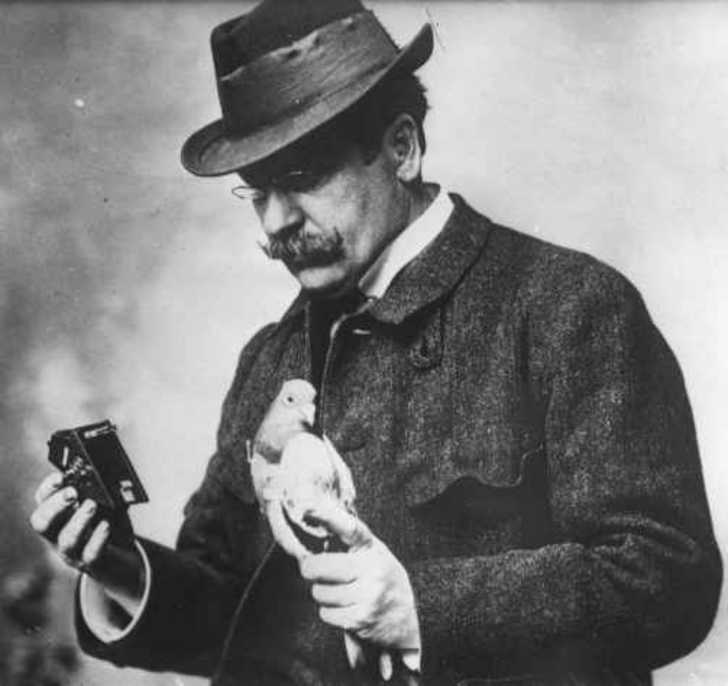
A German pharmacist and inventor, Julius Neubronner, was using carrier pigeons in 1903 to communicate which prescriptions were needed for a sanatorium and then to also deliver the medications. Neubronner had a brilliant idea that if he could make a camera small enough and light enough then a pigeon could fly with it, taking pictures of its journey the whole time.
By 1907 he had created an aluminum-fronted 75-gram camera for his birds. When he presented his invention to the German patent office he had to prove that the birds could handle the weight after first being rejects, as no one believed it possible. By 1920 he had gotten the weight down to 40 grams.
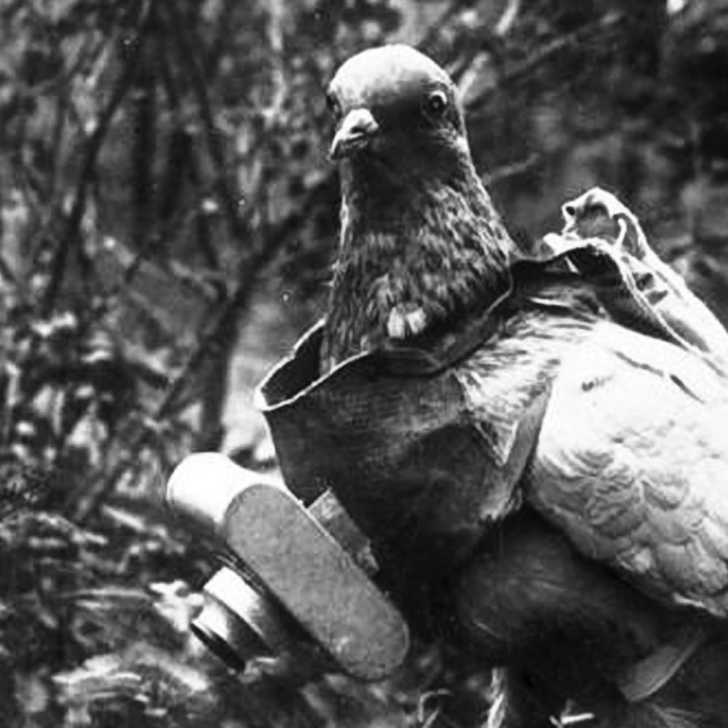
While Neubronner made several different styles of camera, the one that was seen to production was the Doppler Sport, so named because of the 2 lenses it possessed: one facing forward and another facing down (unlike the camera above with only one lens).
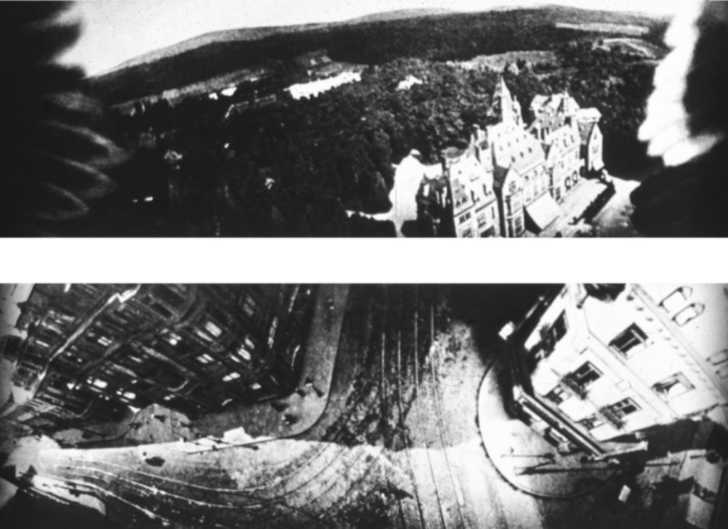
The cameras were strapped to the pigeons and a pneumatic shutter snapped photos at regular intervals. Neubronner even took his pigeon cameras to exhibitions and shows, presenting the public with his new invention and with photos taken from the sky- a true novelty at the time as air travel was still in its infancy. Photos of returning pigeons would be developed in a mobile dark room and made into souvenir postcards on the spot.
The German military expressed interest in the pigeon camera, but by the time that war broke out in 1915, airplanes were well on the their way to becoming an integral part of the military. These early military planes could have cameras mounted on the sides, which could be directed and controlled by a human in one of the cockpits of a two seater plane- the standard for both Central Powers and Allied planes at the time.
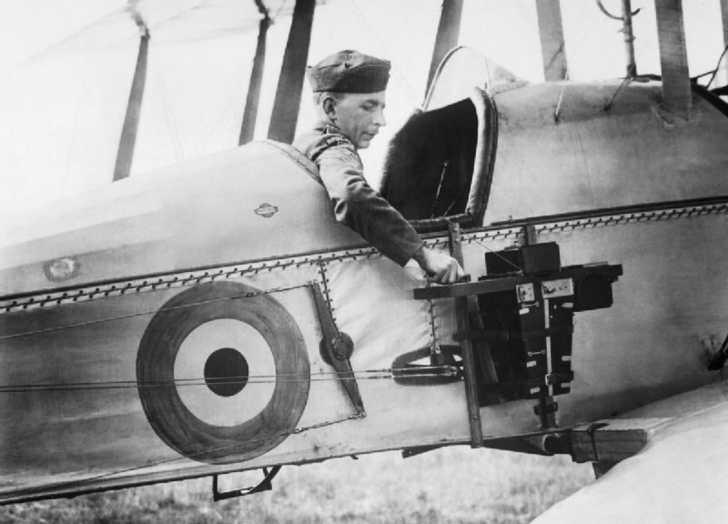
Pigeons were still relied on greatly as messengers during both of the World Wars, prized for all the things Neubronner loved about them: their speed, their directness, their impeccable sense of direction, and their ability to make it home eventually even if they did somehow get lost. And, some even did serve in the war, as at the Battle of Verdun, where aerial photos were taken by pigeons wearing Doppler Sport cameras.
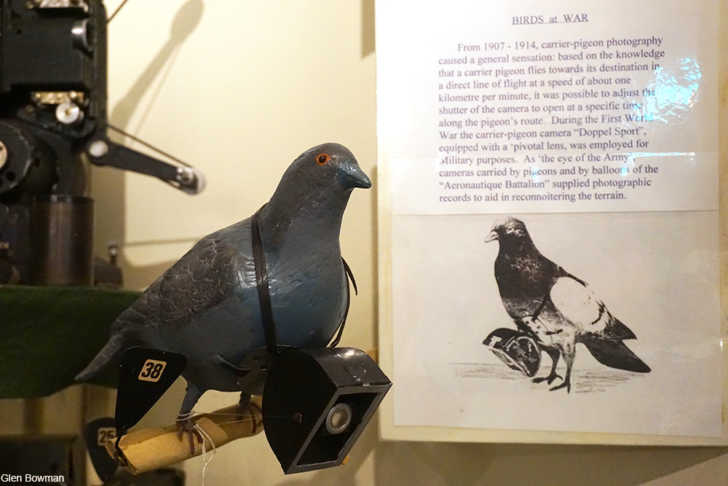
After the war was over, the inventor received a letter from the Germany military that his device would no longer be tested or used in any official capacity. By the end of the war better pictures were available through airplane surveillance – making Neubronner’s pigeon camera all but obsolete. However, after Neubronner’s death in 1932, the German military did revive the pigeon surveillance program and even used some pigeons for this purpose during WWII. It is also believed that the CIA later used pigeons equipped with cameras during the 1970s in tests to discover their usefulness, but supposedly found the results lacking.
SKM: below-content placeholderWhizzco for DOT

